Soy protein has gained significant attention in recent years, particularly as a plant-based protein source that caters to a variety of dietary needs. Derived from soybeans, this protein is not only versatile but also packed with essential nutrients, making it a popular choice among health-conscious individuals and those following vegetarian or vegan diets. In this article, we will explore the classification of soy protein, the foods it is commonly used in, and its importance in our diets.
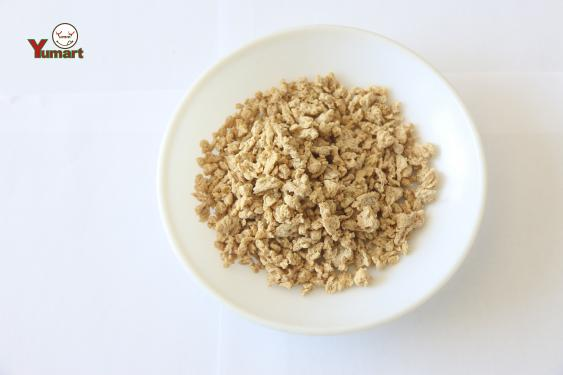
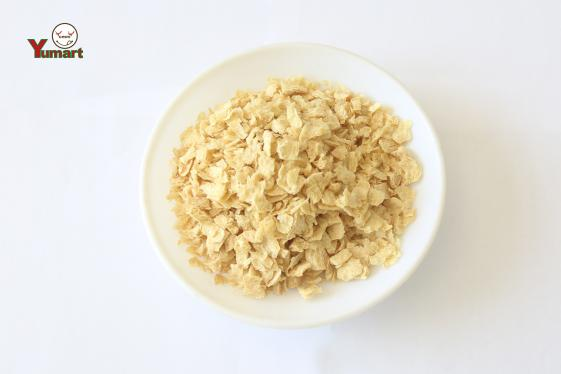
Classification of Soy Protein
Soy protein can be classified into several categories based on its processing methods and the specific components it contains. The primary classifications include:
1. Soy Protein Isolate: This is the most refined form of soy protein, containing about 90% protein content. It is produced by removing most of the fats and carbohydrates from soybeans, resulting in a product that is rich in protein and low in calories. Soy protein isolate is often used in protein supplements, bars, and shakes due to its high protein concentration.
2. Soy Protein Concentrate: This form contains approximately 70% protein and is made by removing some of the carbohydrates from defatted soy flour. Soy protein concentrate retains more of the natural fiber found in soybeans, making it a good option for those looking to increase their fiber intake while still benefiting from a high-protein source. It is commonly used in meat alternatives, baked goods, and snack foods.
3. Textured Soy Protein (TSP): Also known as textured vegetable protein (TVP), TSP is made from defatted soy flour that has been processed into a meat-like texture. It is often used as a meat substitute in various dishes, providing a chewy texture that mimics ground meat. TSP is popular in vegetarian and vegan recipes, as well as in traditional dishes like chili and spaghetti sauce.
4. Soy Flour: This is a less processed form of soy protein, containing about 50% protein. It is made by grinding whole soybeans into a fine powder. Soy flour is often used in baking to enhance the protein content of bread, muffins, and pancakes. It can also be used as a thickening agent in soups and sauces.
5. Soy Milk: While not a protein product per se, soy milk is a popular dairy alternative made from whole soybeans or soy protein isolate. It contains about 7 grams of protein per cup and is often fortified with vitamins and minerals. Soy milk is widely used in smoothies, cereals, and as a base for sauces and soups.
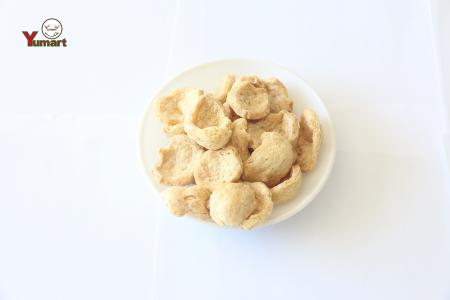
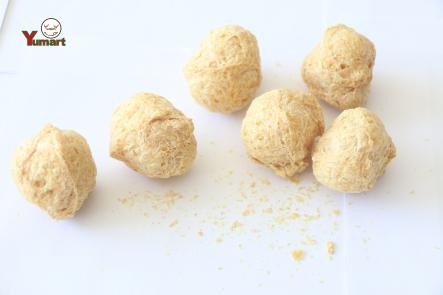
Foods That Use Soy Protein
Soy protein is incredibly versatile and can be found in a wide range of food products. Some common applications include:
- Meat Alternatives: Soy protein is a key ingredient in many meat substitutes, such as veggie burgers, sausages, and meatless meatballs. These products often use textured soy protein to replicate the texture and flavor of meat, making them appealing to vegetarians and vegans.
- Protein Supplements: Soy protein isolate is frequently used in protein powders and bars, catering to athletes and fitness enthusiasts looking to increase their protein intake. These supplements are often marketed as a healthy alternative to whey protein, especially for those with lactose intolerance.
- Dairy Alternatives: Soy milk, yogurt, and cheese are popular dairy substitutes for those who are lactose intolerant or following a plant-based diet. These products provide a similar taste and texture to their dairy counterparts while offering the benefits of soy protein.
- Baked Goods: Soy flour and soy protein concentrate are often incorporated into baked goods to enhance their nutritional profile. Many commercial bread, muffins, and snack bars contain soy protein to boost their protein content and improve texture.
- Snacks: Soy protein can be found in various snack foods, including protein bars, chips, and crackers. These products often highlight their high protein content, appealing to consumers looking for healthier snack options.
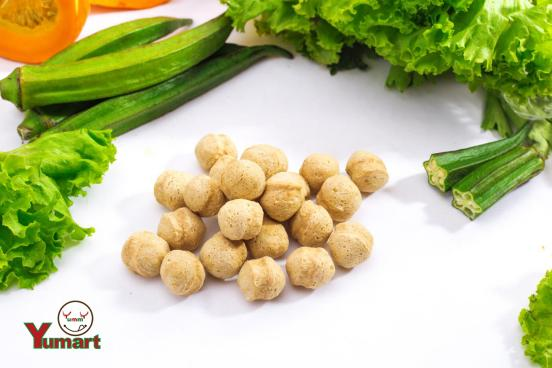

The Importance of Soy Protein
The significance of soy protein in our diets cannot be overstated. Here are several reasons why it is an important component of a balanced diet:
1. Complete Protein Source: Soy protein is one of the few plant-based proteins that is considered a complete protein, meaning it contains all nine essential amino acids that the body cannot produce on its own. This makes it an excellent protein source for vegetarians and vegans who may struggle to obtain all essential amino acids from their diets.
2. Heart Health: Research has shown that consuming soy protein can help lower cholesterol levels and reduce the risk of heart disease. The American Heart Association recognizes soy protein as a heart-healthy food, making it a valuable addition to a heart-healthy diet.
3. Weight Management: High-protein diets have been associated with weight loss and weight management. Incorporating soy protein into meals can help increase satiety, reducing overall calorie intake and aiding in weight control.
4.Bone Health: Soy protein is rich in isoflavones, which are compounds that may help improve bone density and reduce the risk of osteoporosis。
5. Versatility and Accessibility: With its wide range of applications, soy protein can easily be incorporated into various diets and cuisines. Its availability in different forms makes it accessible to consumers looking to enhance their protein intake without relying on animal products.
In conclusion, soy protein is a highly valuable and versatile protein source that plays a crucial role in modern diets. Its classification into various forms allows for a wide range of applications in food products, making it an essential ingredient for those seeking plant-based protein options. With its numerous health benefits, including being a complete protein, promoting heart health, and aiding in weight management, soy protein is undoubtedly an important component of a balanced and nutritious diet.
Contact
Beijing Shipuller Co., Ltd.
WhatsApp: +8613683692063
Web: https://www.yumartfood.com
Post time: Dec-31-2024